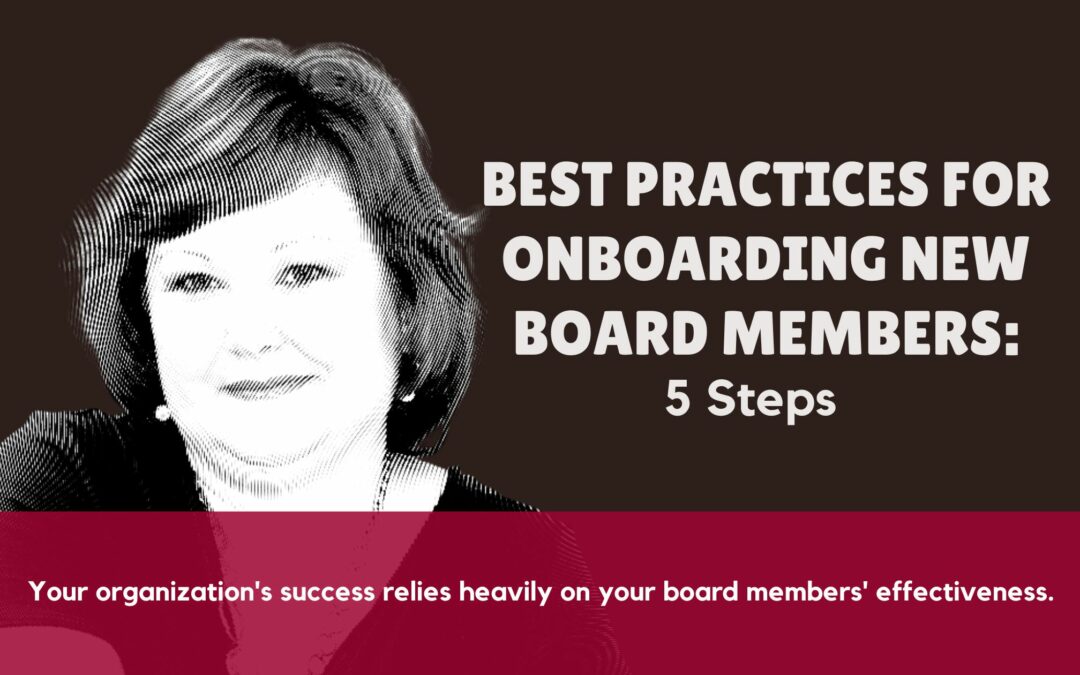Are you a non-profit founder looking to onboard new board members? Your organization’s success relies heavily on your board members’ effectiveness. That’s why a solid onboarding process is crucial to ensure they have the necessary information and resources to hit the ground running.
Introduction
In this blog post, we’ll delve into the best practices for onboarding new board members and setting them up for success. Join me, Alicia Mathis, from the Nonprofit Founders Club, as we explore the key steps to take in this critical process.
Step 1: Prepare for Onboarding
The first step in onboarding new board members is to gather all the necessary information and resources they will need to become familiar with the organization. This includes the organization’s mission, vision, values, strategic plan, financial statements, bylaws, policies, and procedures.
Step 2: Provide an Orientation Session
An orientation session for new board members is essential. This session should cover the organization’s history, structure, governance, and operations. Introducing new members to the board, executive director, and staff members is crucial. Additionally, outlining the board’s roles, responsibilities, fiduciary duties, legal obligations, and ethical standards is essential.
Step 3: Establish Mentoring and Support
Mentoring and support play a vital role in the onboarding process. Assigning a mentor or buddy to each new member can provide guidance, answer questions, and offer insights into the organization’s culture and practices. Training and development opportunities can further enhance new members’ skills and knowledge.
Step 4: Set Clear Expectations and Goals
Setting clear expectations and goals for new board members is indispensable. Outlining their roles, responsibilities, specific duties, accountabilities, and performance metrics is crucial. By defining clear expectations, new board members can better understand how they can contribute to the organization’s success.
Step 5: Evaluate and Improve the Onboarding Process
Continuously evaluating and improving the onboarding process is key to its success. Soliciting feedback from new board members on what worked well and what could be improved allows for refinement and enhancement of the onboarding process. This ongoing improvement ensures that new board members have the best experience possible.
Conclusion
Onboarding new board members is a critical process that can significantly impact the success of your organization. By following these best practices, you can ensure that new board members have all the information and resources they need to be effective from day one. Remember to prepare for onboarding, provide an orientation session, establish mentoring and support, set clear goals, and continually evaluate and improve your onboarding process.
Thank you for reading this comprehensive guide on onboarding new board members. Don’t forget to implement these best practices to set your organization and new board members up for success.
